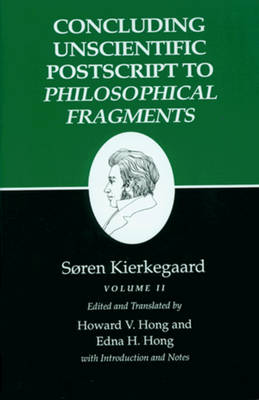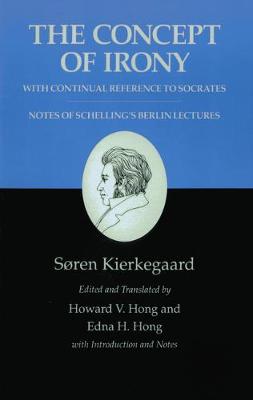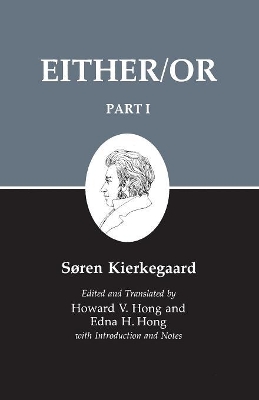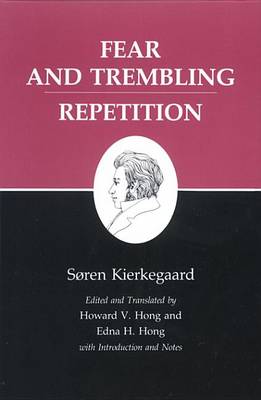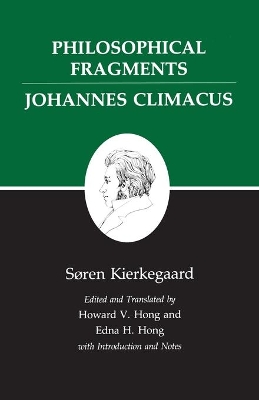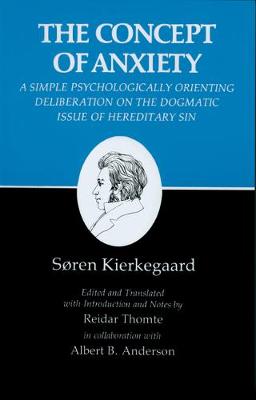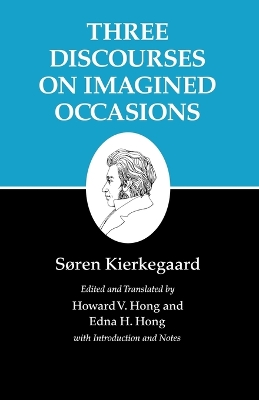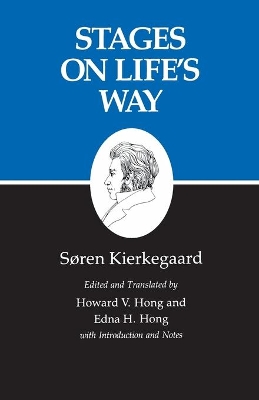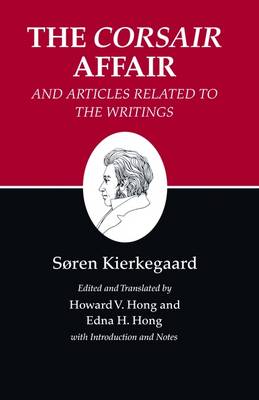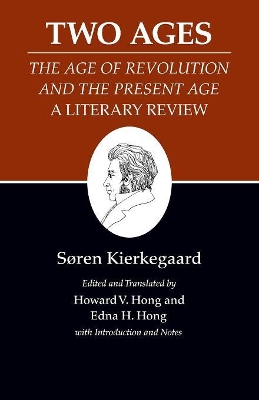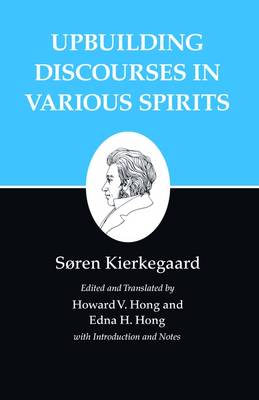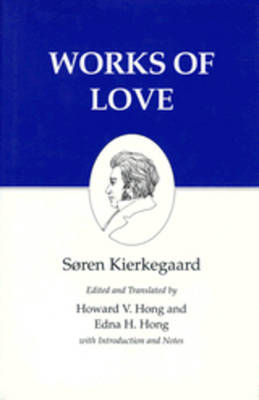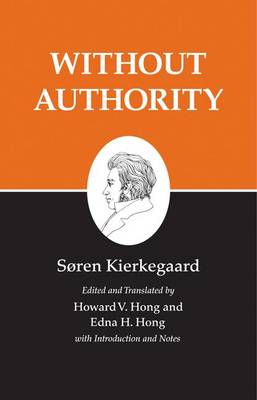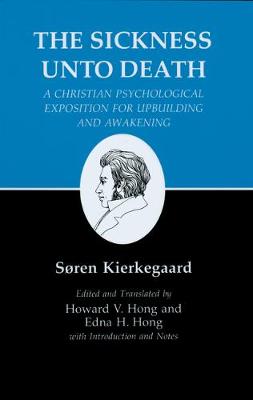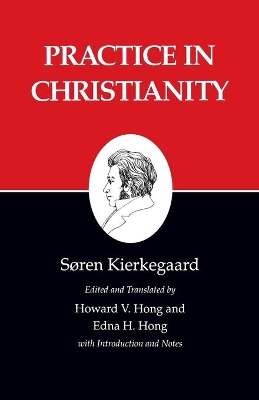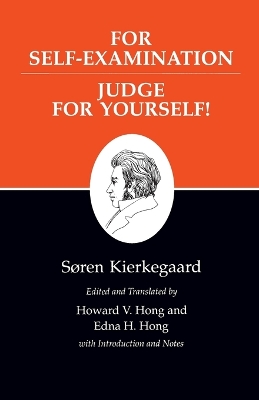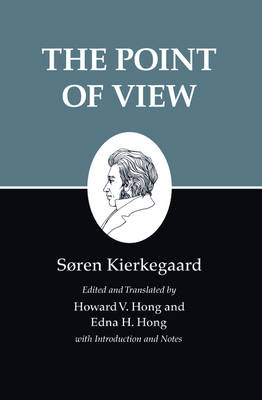Kierkegaard's Writings
23 primary works • 32 total works
Book 1
Book 2
Part One of the text volume examines the truth of Christianity as an objective issue, Part Two the subjective issue of what is involved for the individual in becoming a Christian, and the volume ends with an addendum in which Kierkegaard acknowledges and explains his relation to the pseudonymous authors and their writings. The second volume contains the scholarly apparatus, including a key to references and selected entries from Kierkegaard's journals and papers.
Book 2
A work that "not only treats of irony but is irony," wrote a contemporary reviewer of The Concept of Irony, with Continual Reference to Socrates. Presented here with Kierkegaard's notes of the celebrated Berlin lectures on "positive philosophy" by F.W.J. Schelling, the book is a seedbed of Kierkegaard's subsequent work, both stylistically and thematically. Part One concentrates on Socrates, the master ironist, as interpreted by Xenophon, Plato, and Aristophanes, with a word on Hegel and Hegelian categories. Part Two is a more synoptic discussion of the concept of irony in Kierkegaard's categories, with examples from other philosophers and with particular attention given to A. W. Schlegel's novel Lucinde as an epitome of romantic irony.
The Concept of Irony and the Notes of Schelling's Berlin Lectures belong to the momentous year 1841, which included not only the completion of Kierkegaard's university work and his sojourn in Berlin, but also the end of his engagement to Regine Olsen and the initial writing of Either/Or.
III
IV
VI
VII
When he has gone as far in that direction as he can go and wants to come back, he cannot do so...Now he despairs, his life is wasted, his youth is spent in these deliberations. Life does not acquire any meaning for him, and all this is the fault of philosophy." A note by Kierkegaard suggests how he might have finished the work: "Doubt is conquered not by the system but by faith, just as it is faith that has brought doubt into the world!."
VIII
This edition replaces the earlier translation by Walter Lowrie that appeared under the title The Concept of Dread. Along with The Sickness unto Death, the work reflects from a psychological point of view Soren Kierkegaard's longstanding concern with the Socratic maxim, "Know yourself." His ontological view of the self as a synthesis of body, soul, and spirit has influenced philosophers such as Heidegger and Sartre, theologians such as Jaspers and Tillich, and psychologists such as Rollo May.
In The Concept of Anxiety, Kierkegaard describes the nature and forms of anxiety, placing the domain of anxiety within the mental-emotional states of human existence that precede the qualitative leap of faith to the spiritual state of Christianity. It is through anxiety that the self becomes aware of its dialectical relation between the finite and the infinite, the temporal and the eternal.
Book 9
Book 10
XI
Book 13
The Corsair affair has been called the "most renowned controversy in Danish literary history." At the center is Soren Kierkegaard, whose pseudonymous Stages on Life's Way occasioned a frivolous and dishonorable review by Peder Ludvig Moller. Moller was associated with The Corsair, a publication notorious for gossip and caricature. The editor was Meir Goldschmidt, an acquaintance of Kierkegaard's and an admirer of his early work. Kierkegaard struck back at not only Moller and Goldschmidt but at the paper as a whole. The present volume contains all of the documents relevant to this dispute, plus a historical introduction that recapitulates the sequence of events surrounding the controversy.
Parts I (Article) and II (Addenda) contain articles both signed by and attributed to Kierkegaard in response to the affair. A supplement includes writings pertaining to the Corsair affair by Goldschmidt and Moller, as well as unpublished pieces by Kierkegaard from his journals and papers. Although the immediate occasion was literary, for Kierkegaard the issues as well as the consequences were ethical, social, philosophical, and religious. Howard Hong argues that the most important consequence was wholly unexpected and unintended: the second phase of Kierkegaard's authorship.
Book 14
Book 15
In his praise for Part I of Upbuilding Discourses in Various Spirits, the eminent Kierkegaard scholar Eduard Geismar said, "I am of the opinion that nothing of what he has written is to such a degree before the face of God. Anyone who really wants to understand Kierkegaard does well to begin with it." These discourses, composed after Kierkegaard had initially intended to end his public writing career, constitute the first work of his "second authorship."
Characterized by Kierkegaard as ethical-ironic, Part One, "Purity of Heart Is to Will One Thing," offers a penetrating discussion of double-mindedness and ethical integrity. Part Two, "What We Learn from the Lilies in the Field and from the Birds of the Air," humorously exposes an inverted qualitative difference between the learner and the teacher. In Part Three, "The Gospel of Sufferings, Christian Discourses," the philosopher explores how joy can come out of suffering.
Book 16
Book 17
XIX
A companion piece to The Concept of Anxiety, this work continues Soren Kierkegaard's radical and comprehensive analysis of human nature in a spectrum of possibilities of existence. Present here is a remarkable combination of the insight of the poet and the contemplation of the philosopher.
In The Sickness unto Death, Kierkegaard moves beyond anxiety on the mental-emotional level to the spiritual level, where--in contact with the eternal--anxiety becomes despair. Both anxiety and despair reflect the misrelation that arises in the self when the elements of the synthesis--the infinite and the finite--do not come into proper relation to each other. Despair is a deeper expression for anxiety and is a mark of the eternal, which is intended to penetrate temporal existence.
XX
Book 21
Book 22

